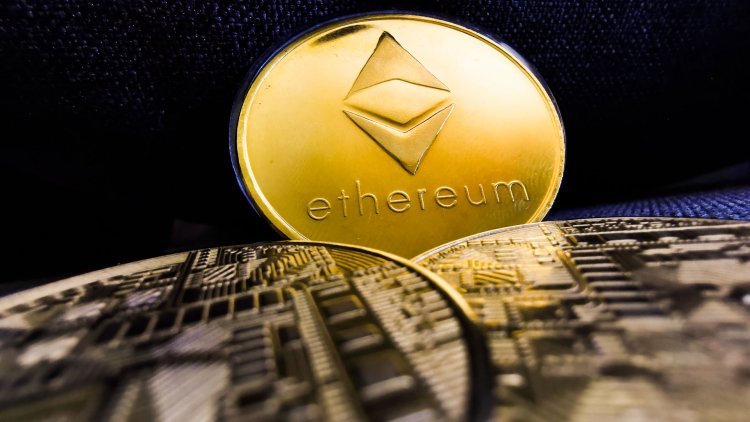Before the Ethereum Merge, the Bellatrix update goes live
The Ethereum Foundation asserts that the upgrade would facilitate the adoption of the Ethereum 2.0 Network and enhance the speed, security, and scalability of the network.

Before "The Merge," when the Ethereum blockchain will switch from proof-of-work (PoW) to proof-of-stake (PoS) consensus, Bellatrix was the last significant upgrade.
The Merge, also known as ETH 2.0, aims to reduce the energy consumption of the Ethereum blockchain, introduce new, more secure token standards, and alter how the network functions.
Bellatrix is the update to the Ethereum Virtual Machine, which houses decentralised apps in the network.
The Beacon Chain (PoS chain) and Ethereum mainnet (the PoW chain) now run in parallel, however this upgrade would make sure validators are generating updated Beacon Chain blocks that will prepare the codebase for The Merge.
The Ethereum Foundation argues that the upgrade would improve the network's speed, security and scalability as well as pave the way for the adoption of the Ethereum 2.0 Network.
The ecosystem as a whole will thus be more ready for widespread adoption.
Road cleared for the renovation in Paris
The Merge or the Paris upgrade will occur once the terminal total difficulty (TTD) is reached, at which point mining on Ethereum will completely stop.
Assuming no problems or hurdles, the process will finish in around 13 minutes once a TTD of 58750000000000000000000 is attained and the first PoS block is generated on the Ethereum blockchain.
The Paris update will then go into effect.
The pace of The Merge will be heavily influenced by the Bellatrix hard fork.
Based on the current Ethereum network hash rate, The Merge should occur on September 14 right after 9:00 pm EST, if everything goes as planned.
Applications for Ethereum
Over the past few years, Ethereum adoption has steadily increased.
Millions of individuals utilise the network, which has proven valuable for a range of organisations, but the protocol has had difficulty growing.
The ETH 2.0 version is expected to address issues with scalability, speed up transactions, and introduce a new technique for code updates.
Additionally, it will result in a more open governance structure, reinforcing and boosting the appeal of the Ethereum network.




 admin
admin 




















